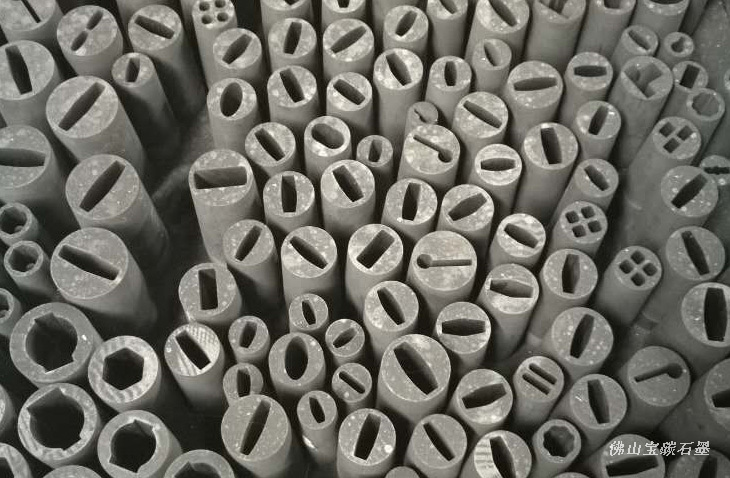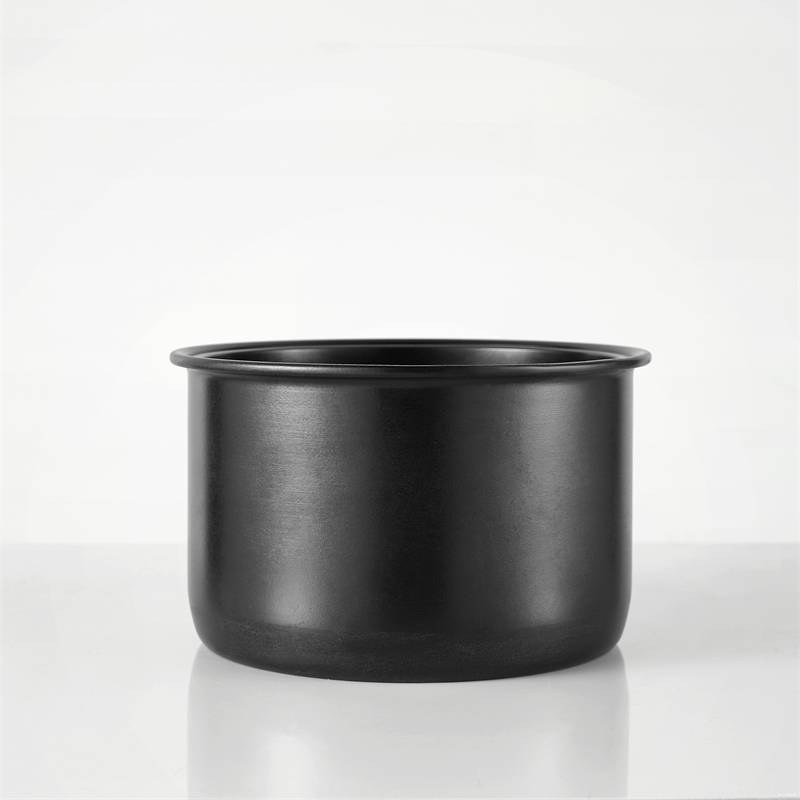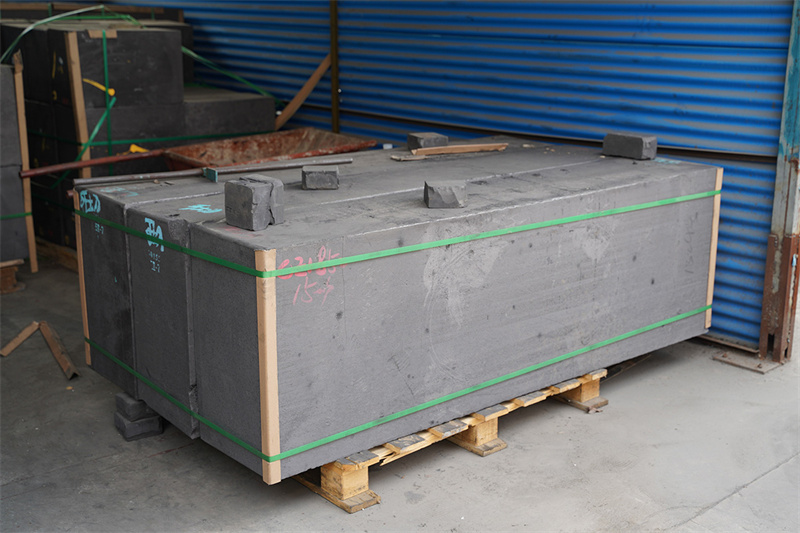In the ever-evolving world of fishing gear, few innovations have had as profound an impact as the introduction of graphite rods. These sleek, lightweight, and remarkably strong rods have revolutionized the angling experience, offering unparalleled sensitivity, power, and precision. But what exactly is a graphite rod, and what makes it such a game-changer in the fishing industry?
Graphite rods are constructed from a material known as graphite, a highly crystalline form of carbon that boasts exceptional strength-to-weight ratio and unique physical properties. This remarkable material has its roots in the aerospace industry, where it was initially developed for use in high-performance applications. However, it wasn't long before the fishing industry recognized the potential of graphite and began incorporating it into the design of fishing rods.
The Composition and Structure of Graphite Rods
At the molecular level, graphite is composed of tightly bound carbon atoms arranged in a hexagonal lattice structure. This unique arrangement gives graphite its exceptional characteristics, including high thermal and electrical conductivity, resistance to corrosion and chemical attacks, and excellent mechanical strength.
To create a graphite rod, the manufacturing process involves several intricate steps. First, high-quality raw materials, such as petroleum coke, coal tar pitch, and synthetic graphite, are carefully selected and processed. These materials are then mixed with a binder, typically coal tar pitch or petroleum pitch, to form a homogeneous mixture. This mixture is then extruded through a die to form a continuous rod shape, which is subsequently cut to the desired lengths.
The cut rods undergo a baking process at high temperatures in an oxygen-free environment, removing volatile components and converting the binder into carbon, effectively binding the graphite particles together. To further increase density and reduce porosity, the baked rods may undergo an impregnation process, where they are soaked in a liquid pitch or resin and rebaked.
Finally, the rods are subjected to even higher temperatures, up to 3000°C, in an inert atmosphere. This process, known as graphitization, transforms the carbon into the highly ordered crystalline structure of graphite, giving the rods their exceptional strength and performance characteristics.
Properties of Graphite Rods
The unique properties of graphite rods make them a superior choice for anglers seeking high-performance fishing gear. Here are some of the key properties that set graphite rods apart:
-
Lightweight and High Strength: Graphite rods boast an exceptional strength-to-weight ratio, making them incredibly lightweight yet remarkably strong and durable. This combination allows for longer casts, reduced fatigue, and improved overall angling performance.
-
Sensitivity: The crystalline structure of graphite rods enables them to transmit even the slightest vibrations from the line to the angler's hand, providing unparalleled sensitivity. This heightened sensitivity allows anglers to detect subtle strikes and bottom compositions, enhancing their ability to set the hook and land more fish.
-
Corrosion Resistance: Unlike traditional metal rods, graphite rods are highly resistant to corrosion, even in harsh environments like saltwater or acidic conditions. This durability ensures a longer lifespan for the rod, reducing the need for frequent replacements.
-
Thermal Stability: Graphite rods can withstand extreme temperatures without significant degradation, making them suitable for use in a wide range of environments and conditions.
-
Flexibility and Power: The unique properties of graphite allow rod manufacturers to fine-tune the balance between flexibility and power, creating rods that can handle a variety of fishing techniques and target species.
Applications of Graphite Rods
The versatility of graphite rods has made them a staple in various fishing disciplines, from freshwater to saltwater angling. Here are some of the most common applications:
-
Bass Fishing: Graphite rods are widely used in bass fishing, where their sensitivity and power are essential for detecting subtle strikes and setting the hook effectively. They are particularly well-suited for techniques such as flipping, pitching, and skipping.
-
Fly Fishing: The lightweight and responsive nature of graphite rods make them an excellent choice for fly fishing, where delicate presentations and accurate casts are crucial.
-
Saltwater Fishing: The corrosion resistance and durability of graphite rods make them ideal for saltwater fishing, where harsh conditions and powerful fish can quickly wear down traditional rods.
-
Surf Fishing: The strength and casting distance afforded by graphite rods make them a popular choice for surf fishing, where long casts are often necessary to reach the desired fishing spots.
-
Ice Fishing: The thermal stability of graphite rods allows them to perform well in extreme cold conditions, making them a reliable choice for ice fishing enthusiasts.
Manufacturing Process and Quality Control
The manufacturing process of graphite rods is a complex and highly controlled endeavor, with strict quality control measures in place to ensure consistent performance and reliability. Here's a brief overview of the manufacturing process:
-
Raw Material Preparation: The process begins with the selection of high-quality raw materials, which are crushed, calcined (heated to high temperatures), and pulverized to achieve the desired particle size and purity.
-
Mixing and Kneading: The pulverized materials are carefully mixed with a binder and kneaded to achieve the desired consistency.
-
Extrusion and Cutting: The kneaded mixture is extruded through a die to form a continuous rod shape, which is then cut to the desired lengths.
-
Baking and Impregnation: The cut rods undergo a baking process at high temperatures, followed by an impregnation process to increase density and reduce porosity.
-
Graphitization: The rods are subjected to even higher temperatures in an inert atmosphere, transforming the carbon into the highly ordered crystalline structure of graphite.
-
Machining and Inspection: Finally, the graphitized rods are machined to precise dimensions and undergo rigorous inspections to ensure they meet the required specifications.
Throughout the manufacturing process, strict quality control measures are implemented, including regular testing and inspections to ensure consistent performance, strength, and durability.
Advantages of Graphite Rods
The unique properties and manufacturing process of graphite rods offer several advantages over traditional fishing rod materials, making them a preferred choice for anglers worldwide:
-
High Strength-to-Weight Ratio: Graphite rods offer exceptional strength while remaining lightweight, reducing fatigue and improving overall angling performance.
-
Corrosion Resistance: The inert nature of graphite makes it highly resistant to corrosion, ensuring a longer service life, even in harsh environments.
-
Thermal Stability: Graphite rods can withstand extreme temperatures without significant degradation, making them suitable for a wide range of fishing conditions.
-
Electrical Conductivity: The excellent electrical conductivity of graphite rods allows for efficient transfer of electrical current, making them suitable for various electrical and electrochemical applications.
-
Low Thermal Expansion: Graphite rods exhibit low thermal expansion coefficients, minimizing the risk of deformation or cracking due to temperature changes.
-
Machinability: Graphite rods can be easily machined to precise dimensions and shapes, allowing for customization to meet specific application requirements.
Conclusion
Graphite rods have undoubtedly revolutionized the fishing industry, offering anglers a combination of strength, sensitivity, and performance that was once unimaginable. From their unique molecular structure to their exceptional properties and manufacturing processes, these rods represent the pinnacle of modern fishing technology.
As technology continues to advance, the demand for high-performance materials like graphite rods is expected to grow, driving further research and innovation in their manufacturing processes and applications. Whether in freshwater or saltwater environments, graphite rods will continue to play a crucial role in enabling anglers to push the boundaries of what is possible and experience the thrill of the catch like never before.



_853.jpg)
_867.jpg)
